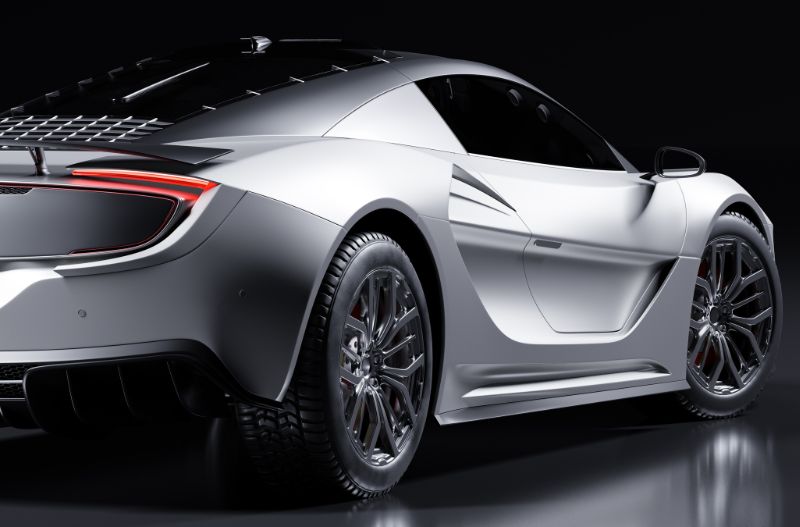- User registration is required to download the materials.
The usage registration form is Click here - Please enter the following items. Go to the download page.
-
The choice of materials that can be used to manufacture the outer panels of automobiles is limited …
What is the choice that can achieve distinct design cues while reducing weight, and thus vehicle emissions, and still maintain a Class A surface ?
Auto manufacturer D / Design and Development -

Background
The exterior design of an automobile is an important point that is directly linked to consumer appeal. The Design and Development Department of auto manufacturer D was advancing the design of exterior parts with an emphasis on distinctive design in the development of the next luxury car model. However, the lead designer Mr. K and his team faced a difficult issue in balancing design and performance.
Issues
The choice of materials that can achieve a good balance between "design" and "reduction of environmental impact by weight reduction" is limited.
The issue faced by the Design and Development Department was the selection of materials to be used for the outer panels. These outer panels are greatly affected by collision and are directly related to the design and aerodynamic performance of automobiles. Therefore, various factors such as moldability, paint finish, impact and dent resistance must be considered when selecting a material for these panels.However, there were other requirements to be considered, and Mr. K was confused. "Automobiles are expected to have reduced environmental impact more than ever before. Weight reduction, which is one means to reduce the environmental impact, can be achieved by reducing the weight of the outer panels. It was extremely difficult to select a material that had design, paintability, impact resistance, and rigidity while achieving weight reduction.”
Aluminum was considered as a material for the outer panels, but its formability was insufficient. It was also difficult to achieve effective weight reduction. Also, if steel and aluminum were used for outer panels, there was a possibility that the initial cost for making tools could not be recovered due to the number of production units.
“By adopting a resin material for injection molding, it was possible to realize the design under consideration and achieve the goal of weight reduction. However, thermoplastic resins had issues with heat resistance and rigidity, and these required characteristics could not be achieved. We considered using conventional GF-SMC, but due to the low surface quality, we could not obtain a Class A h appearance, and there was a concern that the appearance would change between different materials once it was painted.”
The Design and Development Department continued to consider various materials and construction methods. However, it was difficult to find the best material, and Mr. K was in trouble.
- Points on the Issues
-
- The outer panel is required to have various characteristics such as design, paintability, and weight reduction.
- Steel and aluminum lacked formability, making it difficult to realize the design under consideration.
- Metal and standard GF-SMC could not meet the requirements such as design, weight reduction, and cost. In addition, there would likely be non-uniform coating quality between different materials.


